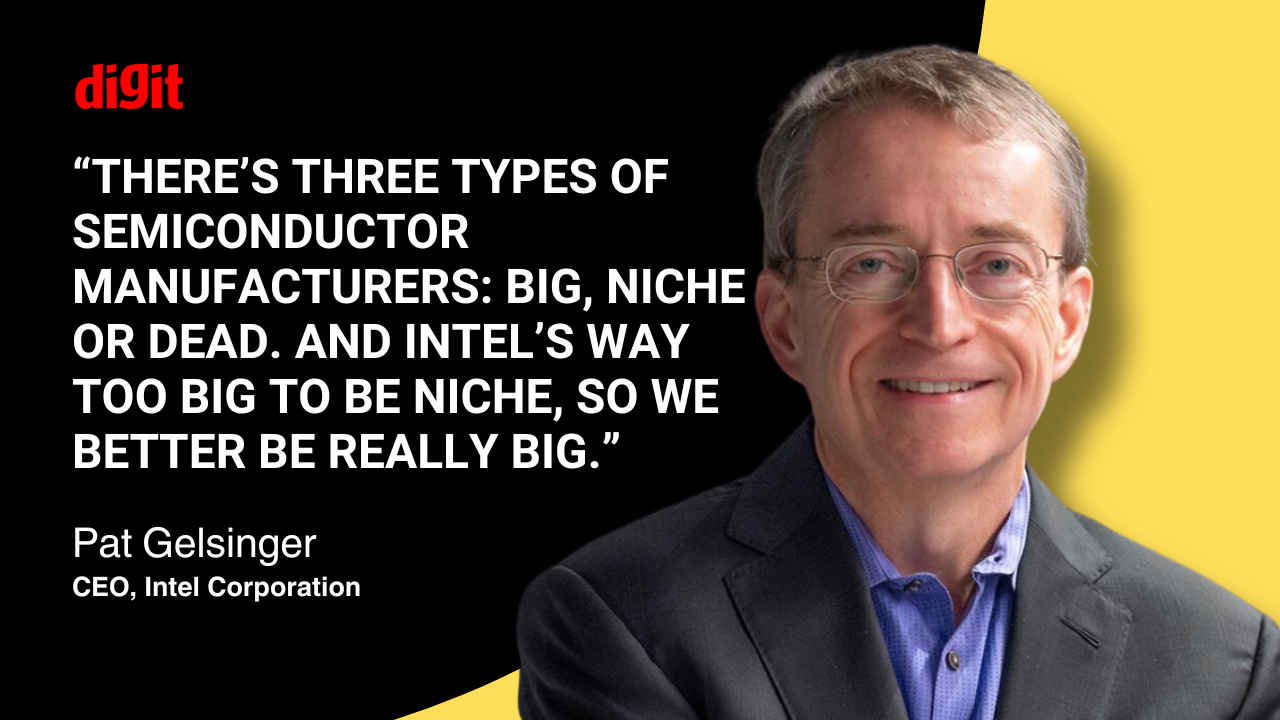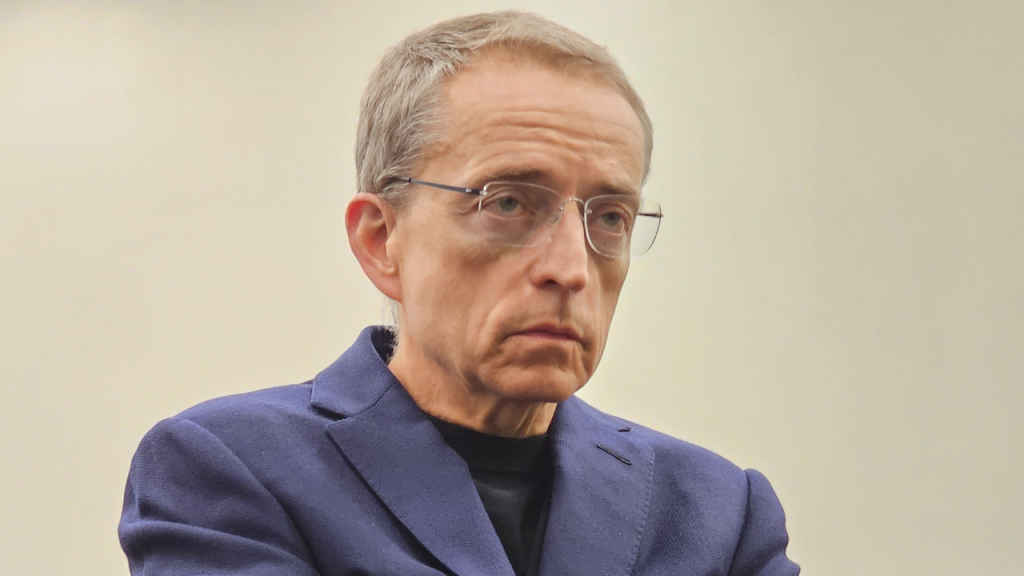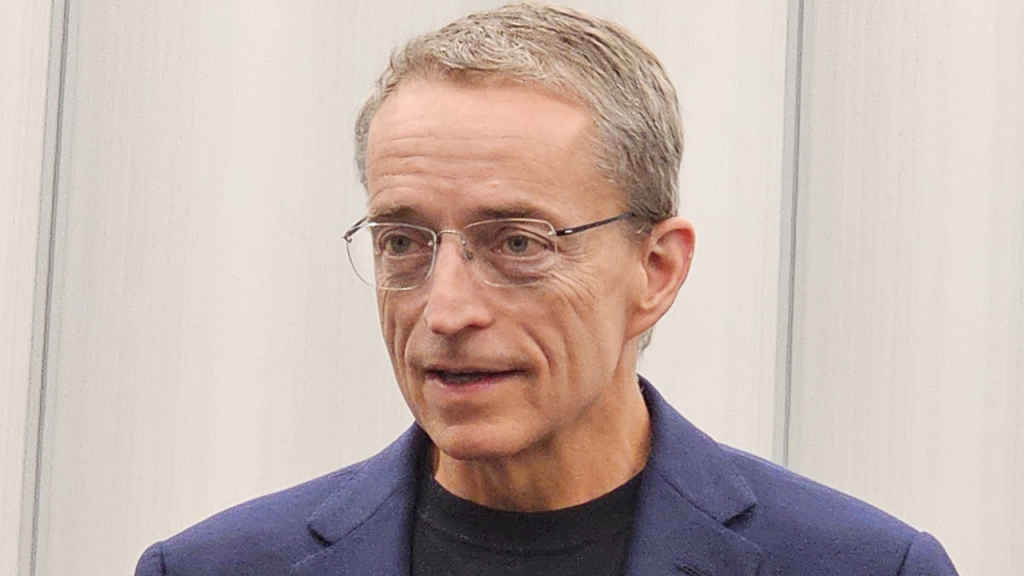Pat Gelsinger interview: Intel’s visionary CEO on future of chipmaking

“Obviously, we missed the mobile wave. We had like five different AI acquisitions, and when I was pushed out of the company we killed the one that would have made all the difference in the world. Those are the two monster trends that Intel missed, and we were fundamentally biased to building a great foundry. Those to me are the three massive opportunities that Intel was uniquely positioned to benefit from, and we’ll do our best to bring us back into position on those fronts,” Gelsinger mentioned, when I asked him about Intel’s past mistakes.
The above response is enough to tell you that Intel CEO Pat Gelsinger isn’t one to mince words. After spending an hour with him, it’s evident that he is the fundamental driving force behind Intel’s ambitious turnaround to manufacture industry leading chips for itself and the world. After spending 30 years at Intel, from 1979 to 2009, his time away from the company also coincided with Intel’s decline and decay. Ever since he returned to Intel’s helm in 2021, Gelsinger’s been trying to make up for lost time with the aggressive “5 nodes in 4 years” process node strategy and beyond to restore what he calls “an iconic company” back to where it belongs.
“There’s three types of semiconductor manufacturers: big, niche, or dead. And Intel’s way too big to be niche, so we better be really big, if we’re going to be effective for technology purposes,” Gelsinger said in response to being asked about his overall strategy.
Intel’s immediate future
Intel’s not only trying to make more powerful, sustainable and efficient processors and technologies under the Intel brand to power tomorrow’s PCs, laptops and server data centres, but the chipmaker also wants to scale and build capacity to manufacture chips for third-party chip vendors like Qualcomm, and possibly Apple and NVIDIA as well. And the proverbial clock is ticking. Has Intel bitten off more than it can chew?
Also read: 5 things Intel revealed about our AI future
“As we go forward in time, on this Mission Impossible as it were,” Gelsinger continued with a smile. “Maybe I’m not as attractive as the Mission Impossible actor, but you know we’re not hanging on the side of skyscrapers to pull this off. It’s just good, solid, disciplined engineering that’s getting us to the finish line, and I think we’re going to get there,” he emphasised.

Under Gelsinger’s executive leadership, Intel’s doing something it has never done before – overcoming significant challenges of physics to dial down several nanometer scales of semiconductor chip design and manufacturing process into a very short period of time. Intel 18A, its futuristic chip making process, is due to arrive in 2025; when Gelsinger expects the company to give the likes of TSMC and Samsung – world’s two biggest contract chip makers – a tough challenge, maybe potentially overcoming them in some respect. We will have to wait and see, there’s still 12-18 months to go, but Gelsinger remains confident.
After Intel delivers and meets all its aggressive timelines, “sort of climb our way back into a leadership position” as a chip manufacturer, Gelsinger believes the focus will quickly shift to “how we sustain our leadership position for years to come.” Beyond AI PC on the edge, AI accelerators in the cloud, and an innovative software stack, this will include breakthroughs in silicon wafer and chip packaging technology (which is shifting to glass substrates), and silicon photonics for continued progression of Moore’s Law as the company’s guiding light. Pressing the memory for more bandwidth, tightening the thermal envelopes, and packing in the silicon harder than ever before.
One of the ways Intel’s going to grow and consolidate its position in the chip industry is by having “two bites at the apple,” in Gelsinger’s own words – hinting how Intel will have traditional chip products and newer foundry offerings to entice big tech players. “Am I ever going to get Google to say let’s stop doing the TPUs (cloud tensor processing units) and use Intel’s Goudi line instead? Maybe, maybe not. Will I get them to be a foundry of ours? Okay. I have two shots to have many of those really big footprints come to us,” according to Gelsinger.
He also thinks that computing in general is moving from cloud native development to edge AI native development. “The fact that I can do big training models in the cloud, that’s interesting. The fact that you can spend a billion dollars creating a multi-trillion parameter model, that’s super interesting. But how do I enable hundreds of millions if not billions of people to use it? That’s not going to happen by accessing one big cloud. That’s going to be by pushing it out to the client and to the edge,” Gelsinger said, believing that Intel has a great opportunity to be a true technology and product leader once again by leveraging these key trends.
Driving siliconomy in an uncertain world
Of course, being an American multinational corporation trying to claw its way back to the summit of chip manufacturing excellence isn’t without its geopolitical challenges. With the world still recovering from global chip shortage and supply chain constraints of the 2020 pandemic, and knives being sharpened over impending chip wars, Intel is preparing to adjust to an increasingly uncertain world as best it can.
“We want to build, I’ll say, an American supply chain, a European supply chain, and an Asian supply chain that is reasonably unique and valid for those markets,” emphasises Gelsinger as key pillars of Intel’s strategy, where there’s independence and interdependence between these supply chains. “We’re doing in Germany and Poland, combining what we already do in Ireland and Israel. We’re also emphasising in Eastern Europe through more of the systems and components assembly, particularly in the Czech Republic and Romania. This will bring autonomy and independence for the European supply chain, so they’re more resilient,” he said.

Is that going to satisfy all the needs of Europe? Absolutely not. But will it make them more resilient for disruptions to occur? Absolutely yes, according to Gelsinger. Similarly, the American supply chain is going beyond Oregon to places like Arizona, New Mexico, and Ohio for packaging related supply chains. “Will it satisfy all of their market needs? Absolutely not. Will it make them more resilient and capable of surviving disruptions? Absolutely yes. And similarly, you know, the Asian supply chains are pretty well established, but even there we’re investing more in Malaysia. We are working with key ODMs, component suppliers, mineral suppliers, chemical suppliers, and the like,” Gelsinger highlighted.
Also read: From silicon to cloud: CEO Pat Gelsinger shares Intel’s vision of AI everywhere
Intel is doing all of this to ensure they don’t have any single point of enormous dominance or risk associated with any one port, country, or supplier. “Because if this truly becomes a trillion dollar plus industry that fuels the entire global economy, there should be no single point of failure, no single point of dependency,” according to CEO Gelsinger. There’ll still be economic disruptions that occur, either from a natural calamity to a geopolitical conflict somewhere, but Gelsinger believes that the world must be fundamentally more resilient for something so important as their technology supply chains going forward.
ARM and NVIDIA enemies no more
A crucial piece of realignment Intel has done for its foundry aspirations to flourish is to no longer view traditional competitors with a single lens. If Intel has to produce chips for the likes of Qualcomm or NVIDIA in the future, then it needs to find innovative ways to partner with them, something that Gelsinger has emphasised since returning to Intel in 2021.
According to Gelsinger, Intel’s future is full of leadership in driving open standards, leadership in products and leadership in technology – out of which has emerged the ARM partnership. Championing the cause of RISC, the ARM architecture has given Intel’s x86-based CISC platform a huge run for its money, ever since the proliferation of smartphones from the late 2000s – all of which are ARM-based. Needless to say, Intel needs ARM to grow its foundry business.
“The majority of the wafer usage in foundries today and well over 50 percent of the world’s foundry revenue is based on ARM,” said Gelsinger, in no uncertain terms. “We viewed ARM as a competitor in the past, but now they’re a critical collaborator since we announced a partnership back in April 2023 and I’ll just say it’s going very well. We were one of the foundational investors in their IPO recently, and we’re getting very good results from the preliminary design work we’re doing on Intel 18A process node,” he continued.
Gelsinger also mentioned NVIDIA as another traditional rival – in the AI space – that’s potentially an Intel foundry customer of the near future. Acknowledging NVIDIA as the incumbent to challenge in the rapidly accelerating AI platforms market, Gelsinger said no other company was better prepared to capture the AI opportunity than NVIDIA, largely down to Huang’s genius – whom he has known for over three decades. Of course, it wasn’t without a bit of luck.
“If we had Jensen [Huang of NVIDIA] here as well,” Gelsinger noted while speaking about AI in general, “He would say I got lucky, because he was building the greatest throughput graphics machine in history and AI happened. But among the many names that have made positive public comments toward Intel being a foundry include Jensen Huang of NVIDIA,” Gelsinger said, reminding how in 2022 the CEO of NVIDIA had expressed interest in exploring Intel’s foundries in the future.
Just like ARM and NVIDIA, Intel forged a similar dynamic with TSMC as well. It’s not just a major opponent in the foundry arena, but also a partner for Intel’s diversified supply chain of the future. Everything’s coming together for Intel, it would seem – where rivals aren’t pure rivals anymore, instead they’re partners in mutual growth, at least as far as Gelsinger’s vision for Intel is concerned.
Towards the end of our conversation, upon being asked what’s next, what’s beyond the five nodes in four years, Gelsinger was characteristically candid in his response. “What’s next? You know I’m going to tell you next year,” he said, amidst smiles and laughs, “And I say that in a very serious way, because I don’t think I’m credible yet that I’m far enough along in finishing five nodes in four years to tell you I have more underway. For now, I’m focused on delivering what we said we would,” he concluded. Not just talking the talk but walking the walk, not just Gelsinger but increasingly Intel as well.
Jayesh Shinde
Executive Editor at Digit. Technology journalist since Jan 2008, with stints at Indiatimes.com and PCWorld.in. Enthusiastic dad, reluctant traveler, weekend gamer, LOTR nerd, pseudo bon vivant. View Full Profile





